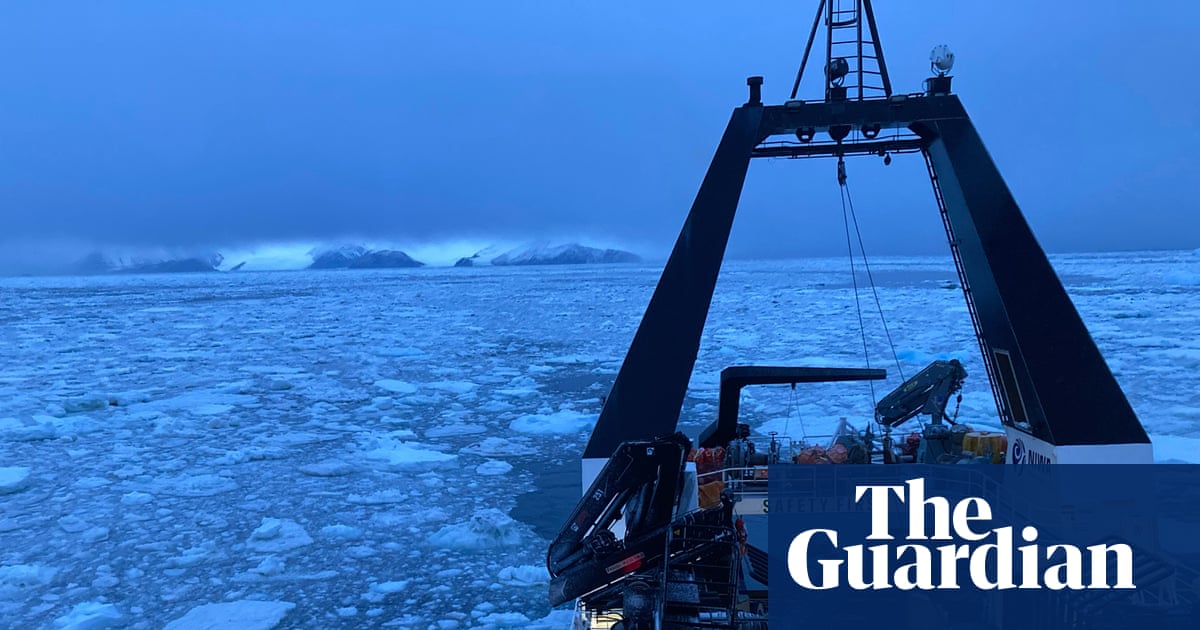Now, more than a century later, Carter, the Natural History Museum’s (NHM) curator of marine invertebrates, hopes the preserved Antarctic urchins, 50 in all, will help tell a different, increasingly urgent story of modern times: how changes in the world’s southernmost waters may be affecting marine life.
In January, the biologist undertook a six-week long research trip to visit the exact sites sampled by Borchgrevink’s Southern Cross, Shackleton’s Discovery and Scott’s ill-fated Terra Nova expedition between 1898 and 1913.
…
Carter’s theory is that comparing the “tests” or shell of the urchins (a type of invertebrate known as echinoderms, which include starfish and sea cucumbers) in the NHM’s collection with modern samples will help reveal more about the impact of ocean acidification, often called the “evil twin” of the climate crisis. Acidification is caused when carbon dioxide is rapidly absorbed into the ocean, where it then reacts with water molecules leading to a fall in the pH of the seawater.


